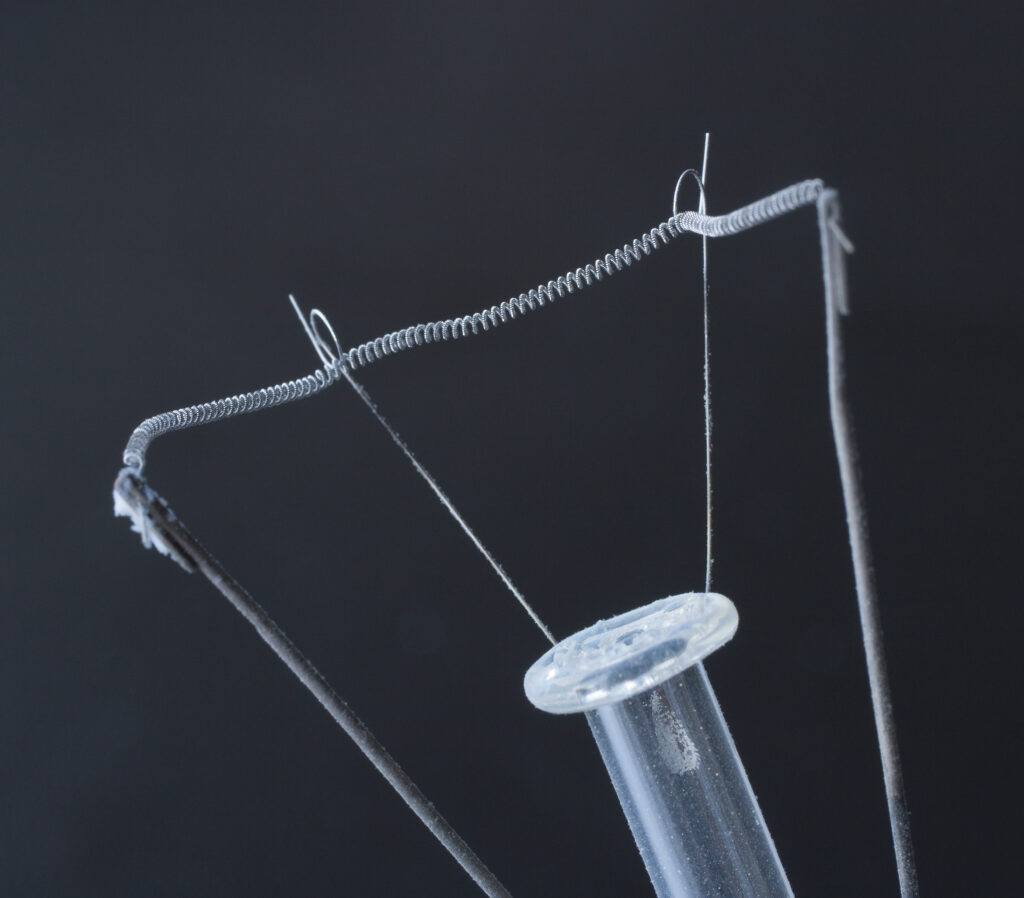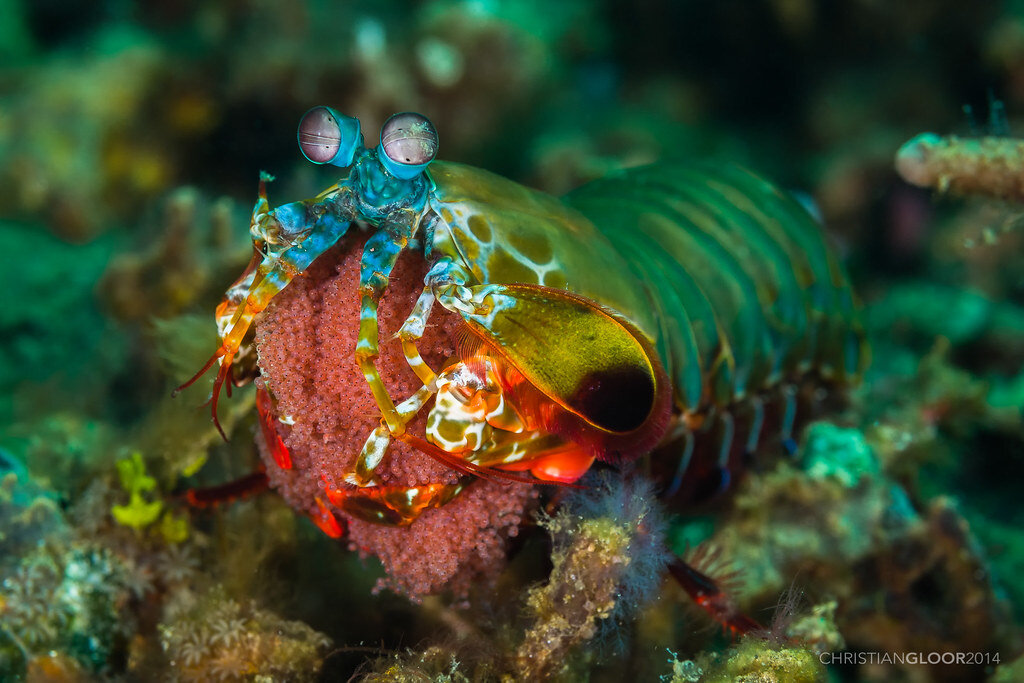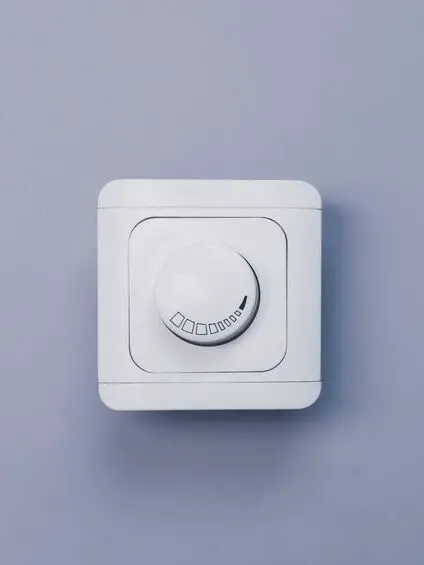Why Do Light Bulbs Get Hot?
You may have noticed that when you try to touch a light bulb it is often rather hot to the touch. But why is this? What is the reason for light bulbs to become so hot during use?
Light bulbs get hot due to the light bulb being inefficient at converting electrical energy into light and instead converting most of it into thermal radiation. The less efficient a light bulb is the hotter it will be to the touch.
That said, the technology of different light bulbs works quite differently, meaning that the way and the reason they get hot differentiates between them. Here we will continue to explain how and why different bulbs get as hot as they do.
Why Incandescent Bulbs Get Hot
Incandescent light bulbs get hot through a process called “incandescence”. By definition, the word incandescence is an adjective which describes an object which emits light as a result of being heated.
This is exactly how incandescent bulbs got their name. The main light-producing component of an incandescent bulb is an extremely thin tungsten filament.

Tungsten is a material with high electrical resistivity and high tolerance to high temperatures, which is why it is the material of choice for incandescent bulbs.
For a more thorough explanation of Why Tungsten Is Used In Light Bulb Filaments, we recommend you go here.
When electricity travels through the filament it generates heat due to the electrical resistance it creates for the electrical current. When an electrical current is subject to electrical resistance it generates heat as a result of it.
This heat causes the filament to heat up to extreme temperatures which eventually causes it to glow, or “incandesce”.
Incandescent light bulbs are able to reach temperatures as high as 2500 °C (4600 °F) in their filament. That said, the glass bulb it’s surrounded by normally only reaches temperatures of around 200-260 °C (392-500 °F) due to heat losses as it travels to the glass.
Why LED Bulbs Get Hot
While LED bulbs don’t get nearly as hot as some of the other bulbs discussed in this article, they still do in fact generate heat and can get hot.
The reason why LEDs normally don’t get hot is twofold. For one, LEDs in general don’t produce a lot of heat. The reason for this is that they are relatively efficient at converting energy into light.
When a light bulb converts most of its inputted energy into thermal radiation it gets hot. An incandescent light bulb for example converts 95% of the energy it receives into thermal radiation and only 5% of it goes to producing light.
On the other hand, LEDs use about 80% of the received energy to produce light and only 20% of it goes to heat losses. That alone makes it produce far less heat than an incandescent bulb.
The other reason why LEDs normally don’t get very hot is that they usually have good ways to manage their heat.
For example, in the case of an LED strip, it will almost never get very hot since its heat can dissipate in every direction at all times.
In the case of LED bulbs they also rarely get hot since they are normally equipped with a heatsink in the base of it. The heatsink is designed to draw heat away from the p-n junction, which is where the light gets produced in the LED.
That said, LEDs do still have heat emissions as previously established by 20% of their energy becoming thermal radiation. The operating temperatures of LEDs are generally somewhere in the range of 20-80 °C (68-140°F).
Since all the heat from the light-generating part of the bulb doesn’t normally reach the casing of the bulb it is common for LED bulbs to be the same temperature as the environment it’s operating in, or otherwise cool to the touch.
Why Halogen Bulbs Get Hot
Halogen bulbs produce light in the same way as incandescent bulbs do. They also produce light via a tungsten filament which gets heated up to incandesce.
The main difference between the bulbs is the addition of halogen gas in halogen bulbs. This gas allows it to run hotter than a regular incandescent bulb. The filament of halogen bulbs can reach temperatures as high as 2700 °C (4892 °F).
While the temperature of the filament reaches extreme temperatures it is uncommon for the bulb to get as hot as the filament. This is because of the loss in thermal radiation as the heat travels outwards to the bulb.
Because of this, the surface of halogen bulbs usually doesn’t get hotter than 260 °C (500 °F).
That said, this is hot enough to the point where it can cause burning injuries when touched. For this reason and plenty of other reasons, it is never wise to touch halogen bulbs with your bare hands in particular.
For more information about Why You Shouldn’t Touch Halogen Bulbs With Your Bare Hands, we recommend you go here.
Why CFL Bulbs Get Hot
CFL bulbs are different in the way they create light compared to all other common bulbs. They produce their light through a process known as “fluorescence”.
Fluorescence is a phenomenon that occurs when a material or other substance absorbs electromagnetic radiation of one wavelength and re-emits it again in another wavelength.
The way this works for CFL bulbs is that after an electric discharge between electrons and mercury vapour atoms, it produces ultraviolet light.
This ultraviolet light is then absorbed by a fluorescent powder called “light powder”. Upon absorption of the UV light, it then re-emits it as visible light, which causes it to function as a light source.
While the process of fluorescence doesn’t generate any significant heat, the process of generating ultraviolet light does. It generates heat as the electrons and mercury atoms move around in the bulb’s tube and as you may or may not know from physics, movement normally equals heat.
A CFL bulb will normally only reach temperatures of around 80°C (~180°F). Around 25-30% of the inputted energy will be converted to visible light whereas 70-75% is turned into heat.
Why Sodium Bulbs Get Hot
Another bulb type which is not as common as the others mentioned is sodium-based bulbs. Sodium lamps come in two different varieties, low-pressure sodium and high-pressure sodium lamps.
While there are two varieties they produce light in the same way. The way a sodium-based lamp produces light is similar to the way a CFL produces light.
Much like CFL bulbs, sodium lamps have a particular chemical compound that reacts with electrons to produce light.
In the case of sodium bulbs, they are normally filled with a gas mixture of argon and neon, which is then ignited. This ignition causes it to react with the sodium present in the bulb which results in the production of light.
Sodium lamps get hot because of the gas ignition and the chemical reaction it partakes in together with the sodium. This bulb runs at a temperature of around 260°C (~500°F) while the melting point of sodium is 98°C (~210°F).
This means that in order for the bulb to be able to run long-term it has to have efficient ways of dissipating its heat, which it usually accomplishes using a heatsink.
That said, these bulbs are certainly hot enough to the point where you should avoid touching them with your bare hands.
Summary
To summarize, with most common light bulbs there are three main ways they produce light and therefore three distinctive ways they generate heat. These ways can be boiled down to the following:
- Incandescent light production. This refers to light bulbs which produce their light as a byproduct of heating something up. This applies to incandescent and halogen bulbs.
- Mercury vapour-based light production. This refers to the bulbs that use mercury vapour atoms in combination with electricity to produce a chemical reaction which results in light production. This applies to CFL and sodium bulbs.
- Electroluminescent light production. Electroluminescence can be defined as the process of a material directly producing light as the result of an electrical current passing through it. This applies to LED bulbs.





